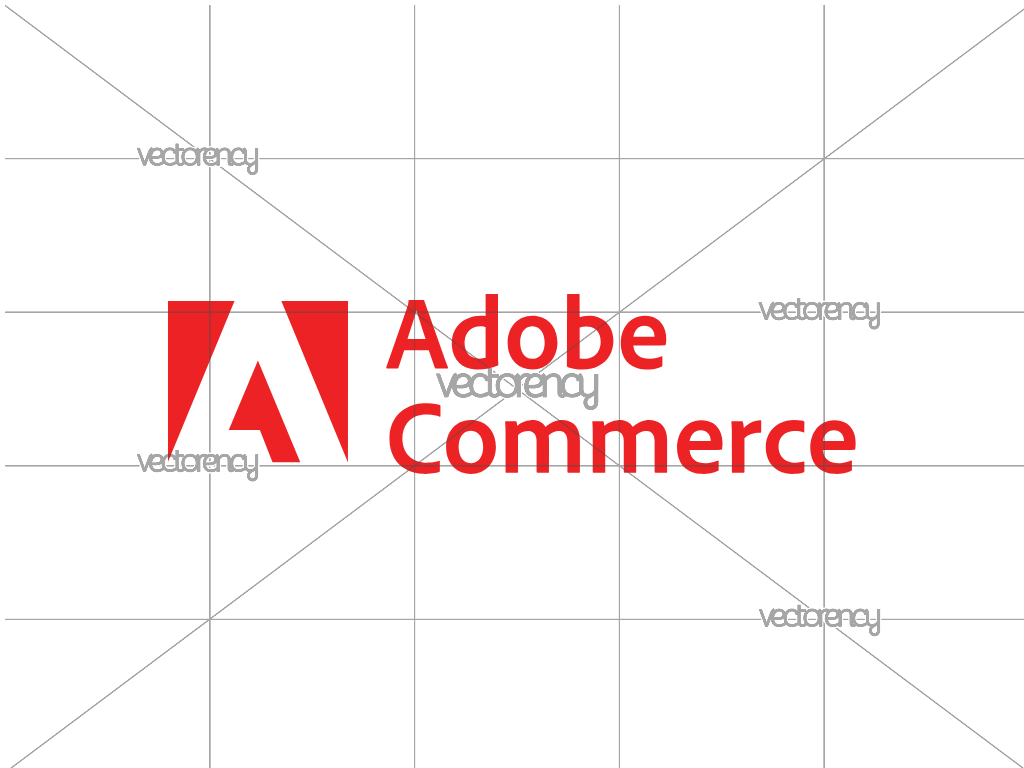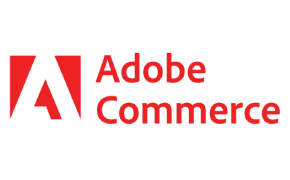
Adobe Commerce: Complete Buyer's Guide
Enterprise-focused ecommerce platform for sophisticated retailers.
Adobe Commerce stands as the enterprise-focused ecommerce platform designed for sophisticated retailers requiring advanced AI personalization and extensive customization capabilities.
Market Position & Maturity
Market Standing
Adobe Commerce maintains a strong enterprise market position within the sophisticated ecommerce platform ecosystem, backed by Adobe's substantial corporate resources and established market presence.
Company Maturity
The platform operates as part of Adobe's broader digital experience portfolio, providing stability and long-term viability that standalone vendors cannot match.
Industry Recognition
Industry recognition comes through documented customer success stories and the platform's ability to handle complex enterprise scenarios where alternatives may struggle with scale or functionality requirements.
Strategic Partnerships
Adobe's strategic positioning leverages the broader Adobe ecosystem, including integration with Adobe Firefly for AI-generated content and Adobe Sensei for advanced AI capabilities[48][52].
Longevity Assessment
The platform's complexity can overwhelm organizations without corresponding business needs or technical capabilities, indicating a mature but specialized market position focused on sophisticated enterprise requirements rather than broad market appeal.
Proof of Capabilities
Customer Evidence
MillerKnoll's documented implementation provides concrete evidence of Adobe Commerce's effectiveness for complex product configuration scenarios. The company achieved documented conversion improvements and reduced bounce rates using AI-powered product configurators that guide customers through complex furniture selections[55].
Quantified Outcomes
Adobe claims 40% revenue lift from Product Recommendations[49].
Case Study Analysis
MillerKnoll's documented conversion improvements and reduced bounce rates demonstrate the platform's potential value for complex retail scenarios[55].
Market Validation
Market validation comes through enterprise adoption patterns where organizations requiring sophisticated AI personalization, complex integrations, or extensive customization find Adobe Commerce's investment worthwhile.
Competitive Wins
Competitive wins demonstrate advantages in specific scenarios where the platform's native AI capabilities and extensive customization options provide superior value compared to alternatives.
Reference Customers
MillerKnoll's successful implementation demonstrates effectiveness for complex product configuration scenarios where customers need guidance through intricate selection processes[55].
AI Technology
Adobe Commerce's AI capabilities span four primary areas: intelligent search, dynamic recommendations, performance optimization, and content generation, powered by the integrated Adobe Sensei AI platform[41][49].
Architecture
Live Search replaces the platform's default search functionality with natural language processing that interprets user intent across multiple languages, powered by Elasticsearch integration on AWS[41][50].
Primary Competitors
Adobe Commerce competes primarily against Shopify Plus, BigCommerce, and specialized enterprise platforms[51][57].
Competitive Advantages
Adobe Commerce's primary competitive advantages include native AI integration through Adobe Sensei, sophisticated B2B capabilities, and extensive customization options that handle large SKU catalogs with improved performance[41][50].
Market Positioning
Adobe Commerce maintains a strong enterprise market position within the sophisticated ecommerce platform ecosystem, backed by Adobe's substantial corporate resources and established market presence.
Win/Loss Scenarios
Win scenarios favor Adobe Commerce when organizations require sophisticated AI personalization, complex B2B functionality, extensive customization, or large SKU catalog management. Loss scenarios typically involve organizations prioritizing rapid deployment, cost efficiency, or simpler technical requirements.
Key Features

Pros & Cons
Use Cases
Integrations
Pricing
Featured In Articles
Comprehensive analysis of Store Builders for Ecommerce for Ecommerce businesses and online retailers. Expert evaluation of features, pricing, and implementation.
How We Researched This Guide
About This Guide: This comprehensive analysis is based on extensive competitive intelligence and real-world implementation data from leading AI vendors. StayModern updates this guide quarterly to reflect market developments and vendor performance changes.
60+ verified sources per analysis including official documentation, customer reviews, analyst reports, and industry publications.
- • Vendor documentation & whitepapers
- • Customer testimonials & case studies
- • Third-party analyst assessments
- • Industry benchmarking reports
Standardized assessment framework across 8 key dimensions for objective comparison.
- • Technology capabilities & architecture
- • Market position & customer evidence
- • Implementation experience & support
- • Pricing value & competitive position
Research is refreshed every 90 days to capture market changes and new vendor capabilities.
- • New product releases & features
- • Market positioning changes
- • Customer feedback integration
- • Competitive landscape shifts
Every claim is source-linked with direct citations to original materials for verification.
- • Clickable citation links
- • Original source attribution
- • Date stamps for currency
- • Quality score validation
Analysis follows systematic research protocols with consistent evaluation frameworks.
- • Standardized assessment criteria
- • Multi-source verification process
- • Consistent evaluation methodology
- • Quality assurance protocols
Buyer-focused analysis with transparent methodology and factual accuracy commitment.
- • Objective comparative analysis
- • Transparent research methodology
- • Factual accuracy commitment
- • Continuous quality improvement
Quality Commitment: If you find any inaccuracies in our analysis on this page, please contact us at research@staymodern.ai. We're committed to maintaining the highest standards of research integrity and will investigate and correct any issues promptly.